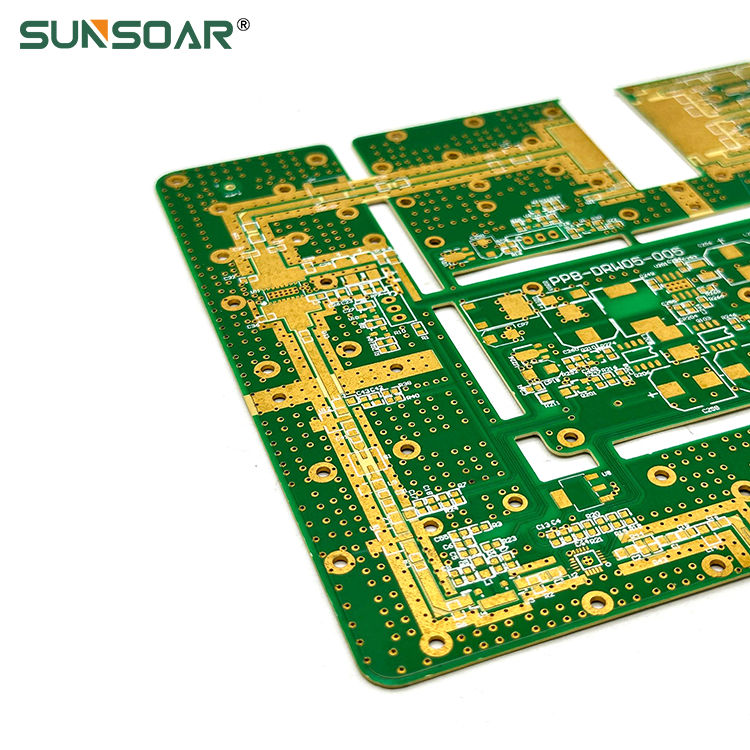What is PCBA and Its Components? A Comprehensive Guide
- Fanny
- Sep 5, 2024
- 3 min read
In the field of electronics manufacturing, PCBA is a frequently mentioned term. But what exactly does it mean, and what components are involved? Let's dive into the world of PCBA to understand its significance and role in modern electronic devices.

What is PCBA?
PCBA or Printed Circuit Board Assembly, refers to the process of soldering electronic components onto a printed circuit board (PCB), transforming it into a functional electronic assembly. While the PCB provides the foundational structure, the assembly process integrates the components that bring the board to life.
PCBA involves not just the creation of the PCB itself, but also the assembly of components, leading to the final product, which is widely used in consumer electronics, industrial machinery, medical devices, and more.
Main Components of PCBA
A complete PCBA is not just a circuit board; it consists of various electronic components working together to perform specific functions. Here are the primary components:
Resistors: Resistors are among the most basic electronic components. They regulate the flow of electrical current in the circuit, ensuring other components receive the correct voltage and current.
Capacitors: Capacitors store and release electrical energy as needed. In a PCBA, they are commonly used for filtering, energy storage, and signal smoothing, ensuring the circuit runs smoothly.
Inductors: Inductors store energy in a magnetic field when current flows through them. They are used in high-frequency circuits for filtering, energy storage, or signal management.
Diodes: Diodes allow electrical current to flow in only one direction, preventing damage from reverse voltage. They are often used to convert alternating current (AC) to direct current (DC).
Transistors: Transistors are key components for amplifying or switching electrical signals. They are the building blocks of modern electronics and are widely used in PCBA for various applications, from signal amplification to controlling microcontrollers.
Integrated Circuits (ICs): ICs are the brains of the circuit, containing multiple components like transistors, resistors, and capacitors in a single chip. They manage complex tasks, including data processing, communication, and display control.
Connectors: Connectors ensure smooth transmission of signals or power between different sections of a device or between multiple PCBs, allowing different parts of an electronic device to connect and function as one.
LEDs: Light Emitting Diodes (LEDs) are small, energy-efficient lights used in PCBA for visual indicators, lighting, or even communication in certain circuits.
The PCBA Assembly Process
The assembly process for PCBA typically includes the following steps:
Solder Paste Application: Solder paste is applied to the surface of the PCB to prepare it for component placement.
Component Placement: Machines accurately place components onto the solder-pasted PCB.
Soldering: The PCB passes through a reflow oven, where the solder paste melts and connects the components.
Inspection and Testing: Automated Optical Inspection (AOI) and functional tests are conducted to ensure the PCBA works as intended.
Why is PCBA Important?
PCBA forms the core of almost every modern electronic device. From smartphones and medical devices to aerospace systems, PCBA is everywhere. Without PCBA, these devices wouldn't function, making it a vital part of the electronics industry.
Conclusion
In summary, PCBA is the heart of electronic devices, and its components—resistors, capacitors, transistors, diodes, and more—work together to bring these devices to life. Understanding the structure and role of PCBA provides valuable insight into how modern electronics operate.



Comments